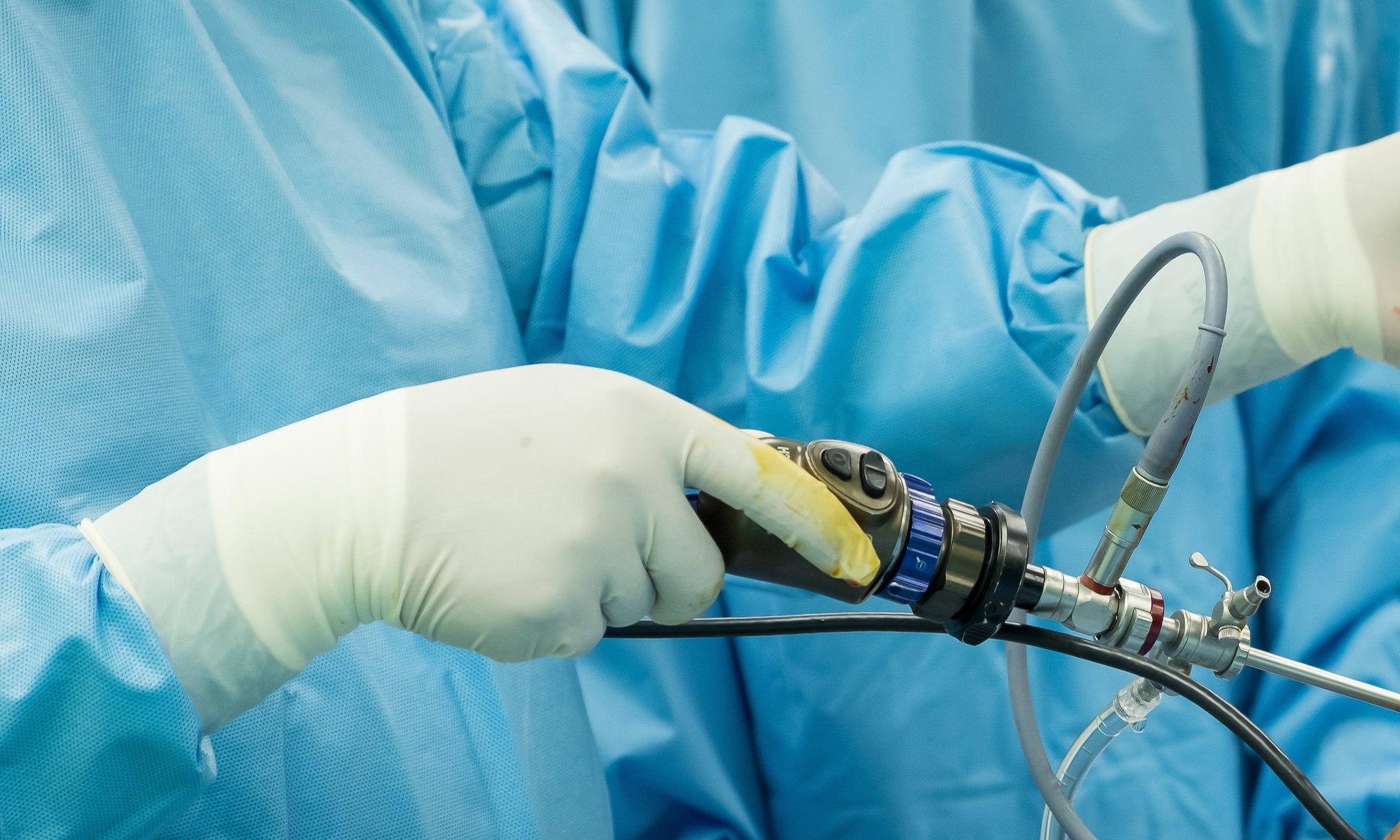
Home > Shoulder > Impingement > Arthroscopic Subacromial Decompression
Overview
Arthroscopic Subacromial Decompression is a procedure that is often done in conjunction with other shoulder procedures - for example it is commonly performed along with rotator cuff repairs.
Occasionally it is needed as a stand alone procedure for people who have chronic impingement syndrome that fails to respond to conservative management.
Below is a general outline of what to expect regarding your surgery.
Anesthesia
There are different methods of providing anesthesia for shoulder surgery. One method includes introducing a numbing agent around the nerves that supply the shoulder and arm. This is referred to as a regional block.
For shoulder surgery we typically utilize what is called an interscalene block.
This will numb the shoulder and whole arm for the procedure and for many hours after surgery - - which helps to limit the pain associated with shoulder surgery.
In addition, your anesthesiologist will provide medicine through an IV to sedate or induce sleep.
Setup
The operating room staff will then prepare for the start of the procedure. A number of steps are taken to insure maximum sterility and safety for the procedure.
The first step is to position you properly on the operating table. There are basically two positions for arthroscopic shoulder surgery - the beach-chair position and the lateral decubitus position.
After proper positioning, the shoulder and arm are cleansed with antiseptic solution for skin disinfection. The surgeon and assistants will scrub their hands and arms and put on sterile gowns. Sterile drapes are then applied around your shoulder to maximize sterility.
A “time-out” is then called. All the staff in the room, which typically includes the surgeon, surgeon’s assistant, anesthesiologist, registered nurse, surgical technician and all supporting personnel in the room, stop to discuss the planned procedure and to make sure everyone is ready and prepared. This has been shown to help eliminate errors and enhance safety.
Surgery
A small incision is made in the back of the shoulder and the arthroscope is introduced into the space between the humerus (ball) and glenoid (socket). The arthroscope uses fiberoptic and digital technology to enhance visualization of anatomic structures and is projected onto a monitor.
Fluid is then introduced to inflate the shoulder joint. This allows for clearer visualization of all structures.
A second incision is typically made in the front of the shoulder. Instruments (suturing devices, motorized shavers, etc) are placed through this incision to perform the surgery.
A full examination of the shoulder joint begins. All injuries are identified and the specific steps to address any abnormalities are planned. The structures that can be visualized include the cartilage, the biceps tendon, the labrum, the rotator cuff, bursa, acromion, and acromioclavicular joint. Often a third incision is made so that all areas can be seen appropriately and all areas can be fully addressed.
In a subacromial decompression, the bursa is removed using special arthroscopic shavers and a radiofrequency device. After completion of the bursa, an acromioplasty (a reshaping of the acromion) is performed if needed. This procedure involves removing bone spurs from the undersurface of the acromion that may contribute to the impingement. This is accomplished with a motorized burr.
Occasionally your surgeon will find abnormalities in the shoulder during surgery that were not seen on your MRI study — these injuries will also be addressed.
The incisions are then closed with sutures, sterile dressings are applied, the arm is placed in a sling, and you are taken to the recovery room.
Recovery
Recovery takes place in several phases. The first few days may be painful and you will be prescribed pain medication to help reduce the symptoms. Sleeping flat can be difficult and it is recommended you use several pillows to help prop you up in a reclining position. Some find it most comfortable to sleep in a reclining chair early in the recovery period.
Icing is helpful after surgery to help relieve pain and decrease inflammation. There are several devices that can be used to provide continuous cooling of the shoulder after surgery which may be helpful but is not absolutely required.
Typically after subacromial decompression is performed you will only need a sling for few days as needed for comfort.
At your postoperative visits, your surgeon will discuss with you the recovery plan, which often requires beginning physical therapy soon after surgery.

